Rahul Dubey’s actions speak louder than words and he displayed it on June 1 last year. That night, the Percynal Health Innovations CEO instinctively opened the doors of his three-story rowhouse in Washington DC to shelter about 72 persons who were being targeted by law enforcement for peaceful protests over the death of African-American George Floyd. Dubey, who lives with a 13-year-old son, housed the 72 hitherto strangers all night, got meals arranged for them and even negotiated with the cops. Overnight, this Indian American became a humanitarian hero not only in the United States but across the world. TIME magazine named Dubey as one of its ‘Heroes of 2020’, describing him as the “The Man Who Gave Shelter to Those in Need.”
But the healthcare entrepreneur feels there was nothing heroic about his act. In an exclusive interview with Global Indian, the 44-year-old said:
“Anyone who would see people getting pepper sprayed all over, just getting attacked for doing something peaceful for the injustice against George Floyd, would have opened their doors for them.”
“It’s my house. You can stay here as long as you need to because they will not let you leave.” Compilation of videos from that night and the morning after.
Reconstructing that night
According to the Associated Press, protesters out on the roads after Washington’s 7 p.m. curfew on June 1 last year were about to be arrested. TIME says police had set up barricades seemingly to trap protesters, and were pepper-spraying those who remained. “There was this sense of a human tsunami coming down the street and police beating people, putting faces down on cement,” Dubey told reporters later.
Sensing that things were about to go out of hand, he opened the door of his Swann Street house and yelled: ‘Get in!’ He gave Esquire magazine a more graphic picture:
“This was an out of body experience. Kids were screaming when they were running into the house. I mean, they were lining them off one by one and zip tying them.”
Some went upstairs, some downstairs and others into the garden.
The University of Michigan-Ross School of Business graduate ministered to this scared, tired crowd who had nowhere to go for the night – some aged 70, some as young as 16.
“People were coughing, crying, strangers pouring milk into strangers’ eyes,” Dubey told TIME “They were sharing information, writing down numbers for bail bondsmen. It was this real camaraderie.”
One protestor, who just goes by the name Meka, recalled later on Twitter: “They shot mace at peaceful protesters is a residential neighborhood. The man who took us in is named Rahul Dubey. He gave us business cards in case they try to say we broke in.”
THE POLICE BOXED IN A GROUP OF PEACEFUL PROTESTERS AND THEN STARTED HITTING AND MACING PEOPLE. A MAN TOOK SOME OF US INTO HIS HOUSE AND THE POLICE HAVE US TRAPPED. THERE ARE PEOPLE STILL TRAPPED IN THE STREET ON 15th AND SWANN pic.twitter.com/H2B2QCup1o
— Meka (@MekaFromThe703) June 2, 2020
A couple of cops reportedly attempted to breach his sanctuary by posing as protesters and by trying to intercept the pizzas he had ordered for the 72. Dubey tried to be the negotiator but when matters reached a deadlock, he advised his guests to stay put until the next morning.
WE GOT PIZZA!🙌🏽 pic.twitter.com/Y0pfaRHDHw
— Meka (@MekaFromThe703) June 2, 2020
The aftermath
Dubey’s spur-of-the-moment decision brought along new friendships with 72 persons he now calls family. “There isn’t a day that goes by when I don’t hear from at least one of them, such are the bonds that have been created, ” Dubey told Global Indian.
He has become of the Most Googled Indians since he got the ‘Heroes of 2020’ recognition. People who know Dubey, like Kishan Putta, a neighborhood commissioner in DC, say he has always been a very caring, generous person who tries to do the right things.
Indian American heritage
Rahul Dubey believes his Indian American roots and penchant for travel have played a big role in molding his approach. Dubey’s father came to the US at the age of 19 with just eight dollars in his pocket. “As a child, he would visit India quite often and witness firsthand how his family helped the marginalized, irrespective of religion. “Being an Indian-American and having the blessings of both the beautiful culture of India, the sacredness and piousness of it, the problems of it as well and the opportunities of America, the diversity it brings and the power of people there, has helped shape me more than anything else.”
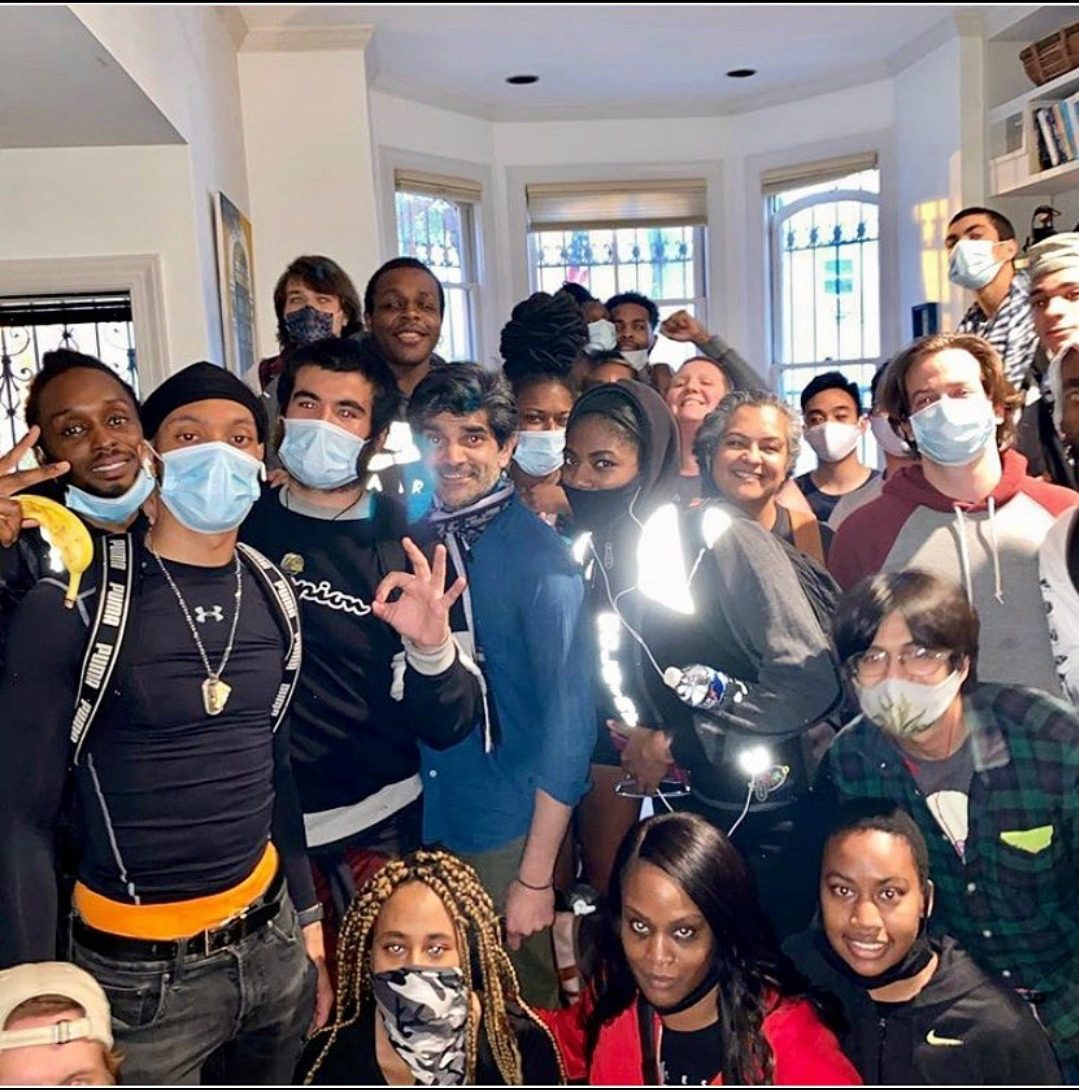
Rahul Dubey with his new friends at his home.
Healthcare entrepreneur
A globe-trotter who has visited 25 countries, Dubey is a successful healthcare founder who started America’s Health Insurance Plans (AHIP) Innovation Lab. He was awarded Smart Health’s 2018 Excellence in Healthcare Transformation Award and named in the American Journal of Health Promotion’s 2017 Innovators and Game Changers list.
But being an Indian American can be a challenging identity at times. “When you are isolated in the suburbs of white mid-west America and suburbs of Detroit, trying to adopt an identity of your surroundings, the biggest challenge was to fit in and understand who I really am. That was something I struggled for a good 20-25 years of my life.”
Dubey says he has faced racism all throughout his life in the US but remains optimistic about the future. Speaking to India Today, he said:
“What I need to do is find the identity of the role the Indian American is going to play in this transformation of America, in the transformation of this world that is coming out of Covid, coming out of systemic racism.
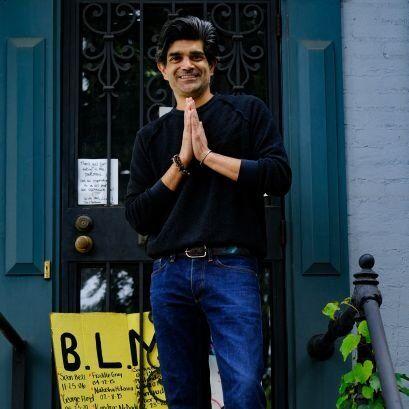
“They were sharing information, writing down numbers for bail bondsmen. It was this real camaraderie.”
Hanuman Chalisa
Interestingly, the ‘Hanuman Chalisa’ has been Dubey’s constant companion for the past 11 years. The Hindu poetic verses make things a little more beautiful and more optimistic, especially on the rough patches, he says.
Today, Rahul Dubey is proud of his Indian American heritage and is keen to represent that even in the remotest corners of the world. “I want to be in the Andes rainforest and interact with people who have never interacted with anyone from the Indian descent. I want to reiterate our values upon other cultures, take their values and see the similarities between the values.”
- Discover more fascinating Stories

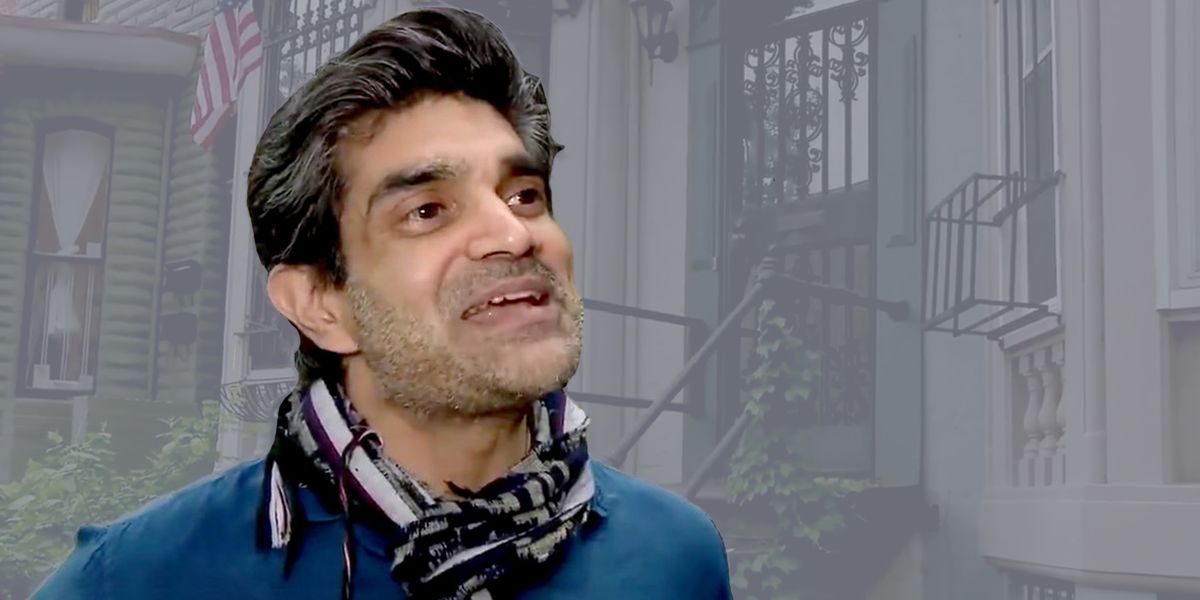

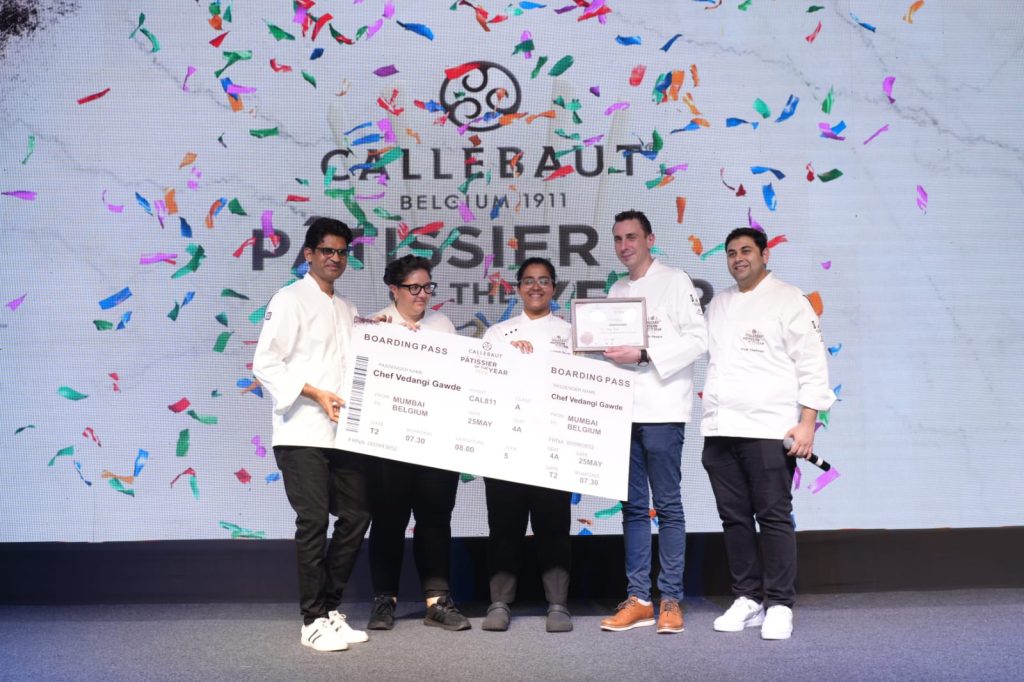 Vedangi Gawde is the winner of the Callebaut Patissier of the Year 2024 award[/caption]
Vedangi Gawde is the winner of the Callebaut Patissier of the Year 2024 award[/caption]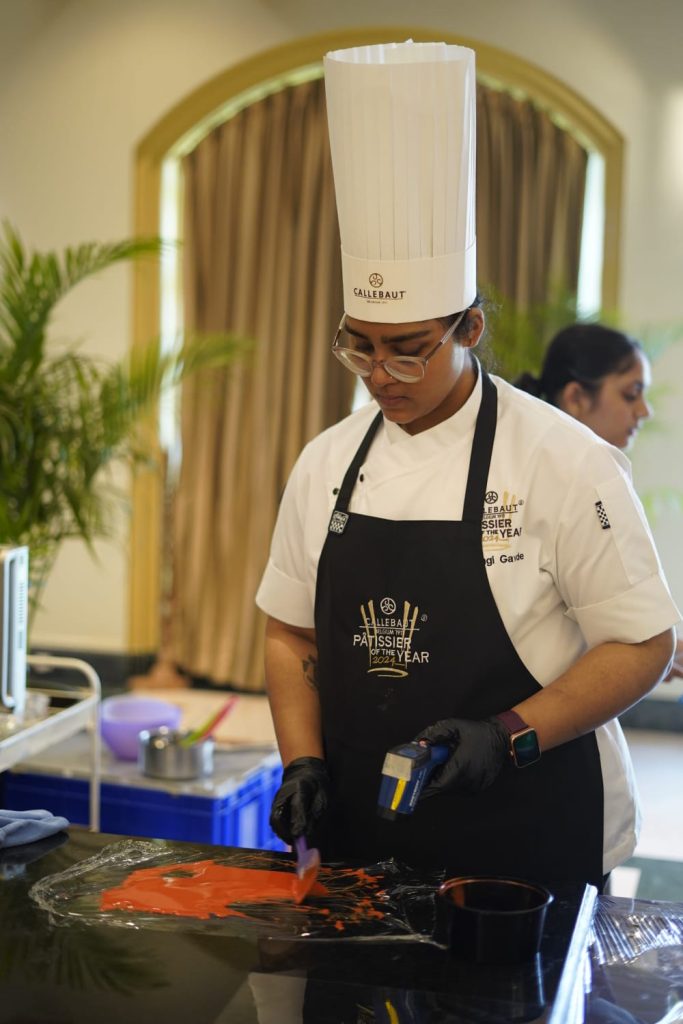
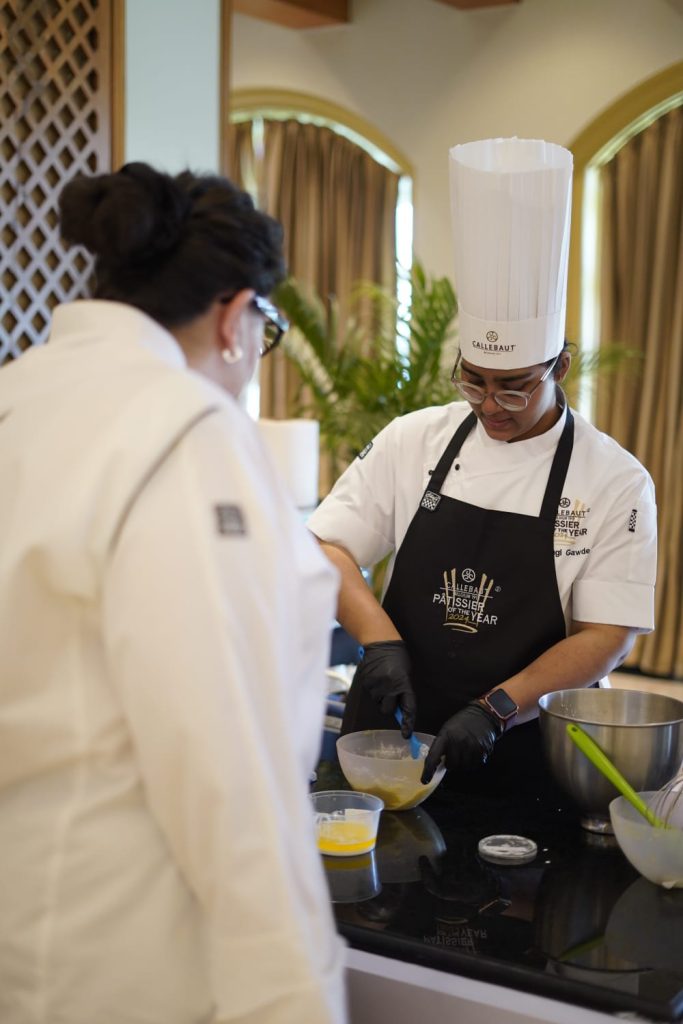

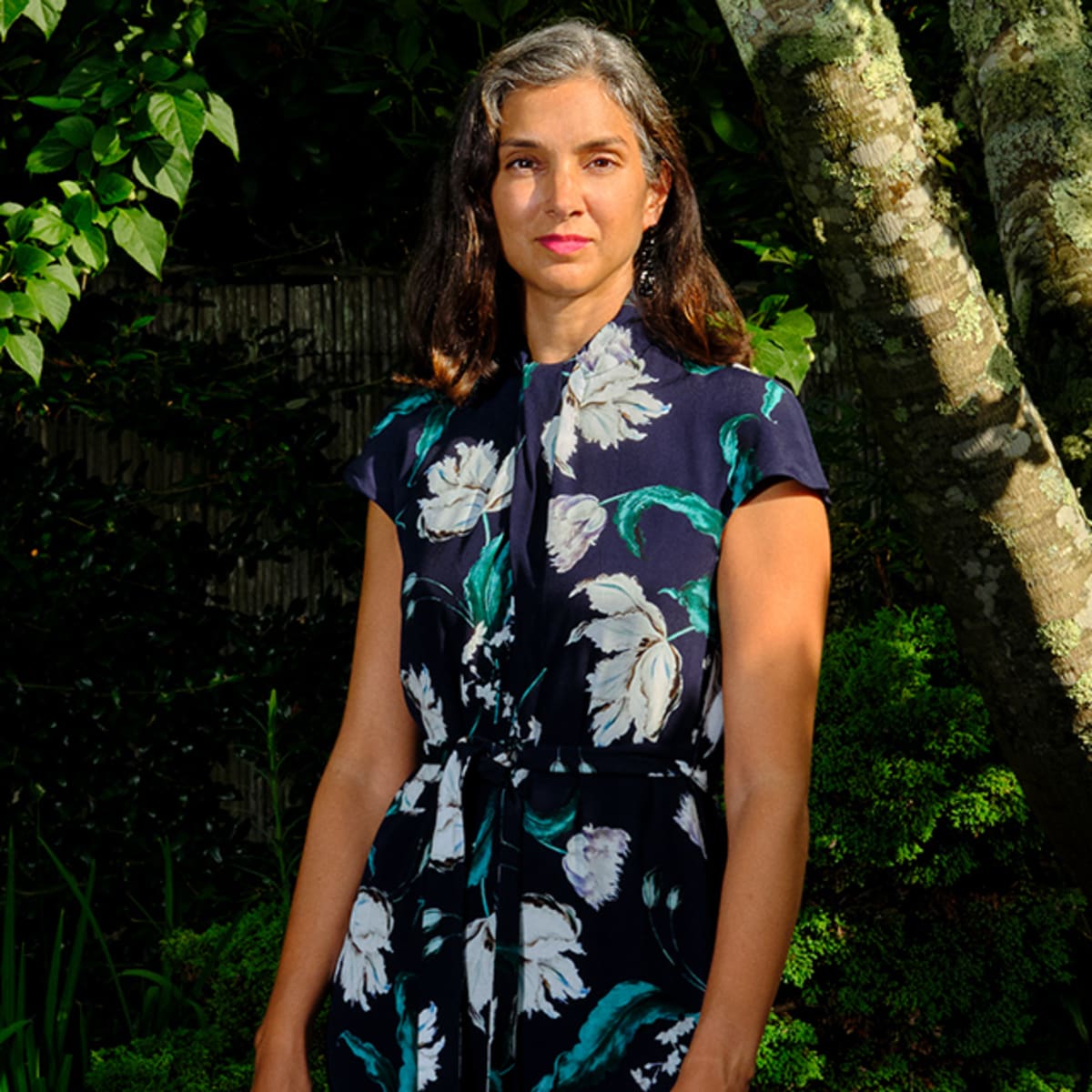 Radhika Jones is the editor-in-chief of Vanity Fair[/caption]
Radhika Jones is the editor-in-chief of Vanity Fair[/caption]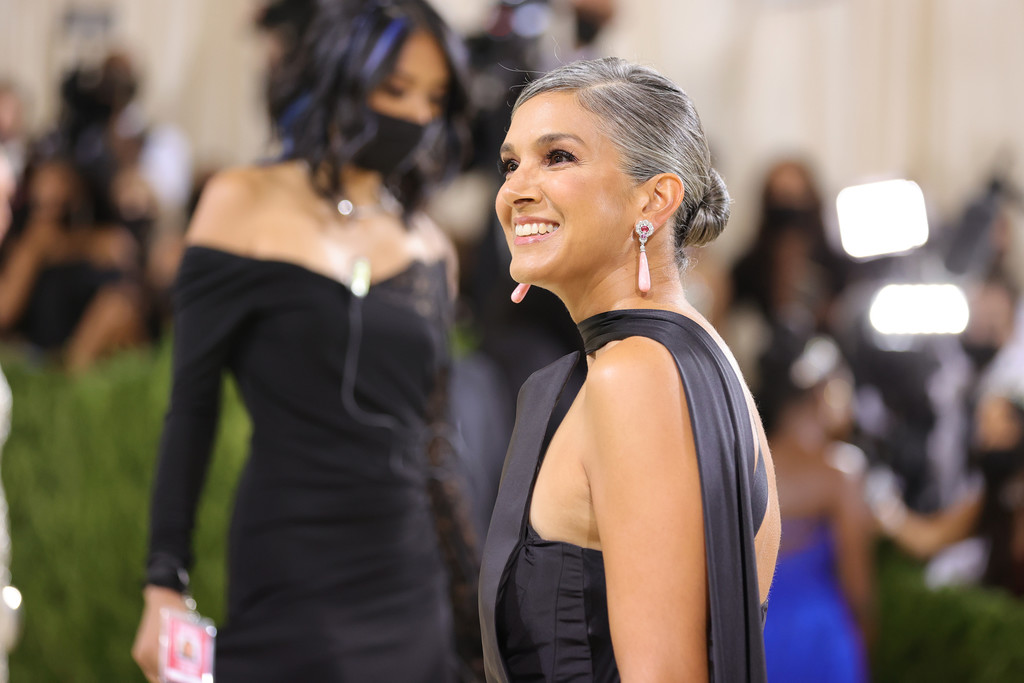 Radhika Jones has transformed Vanity Fair and how![/caption]
Radhika Jones has transformed Vanity Fair and how![/caption]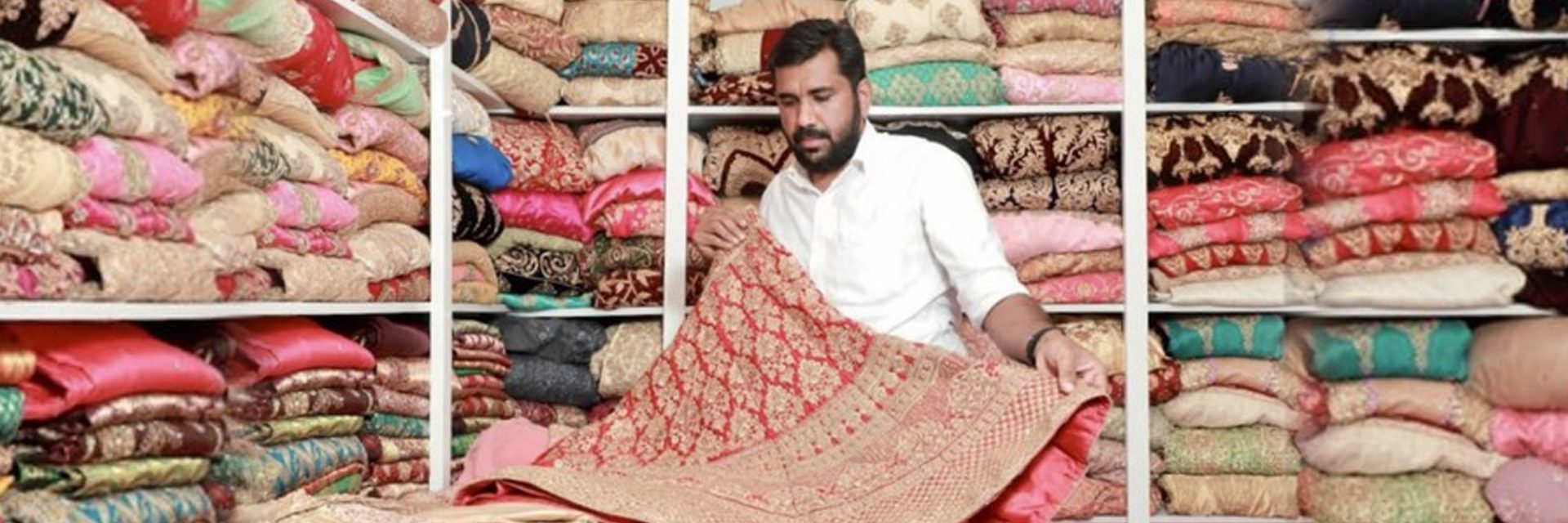
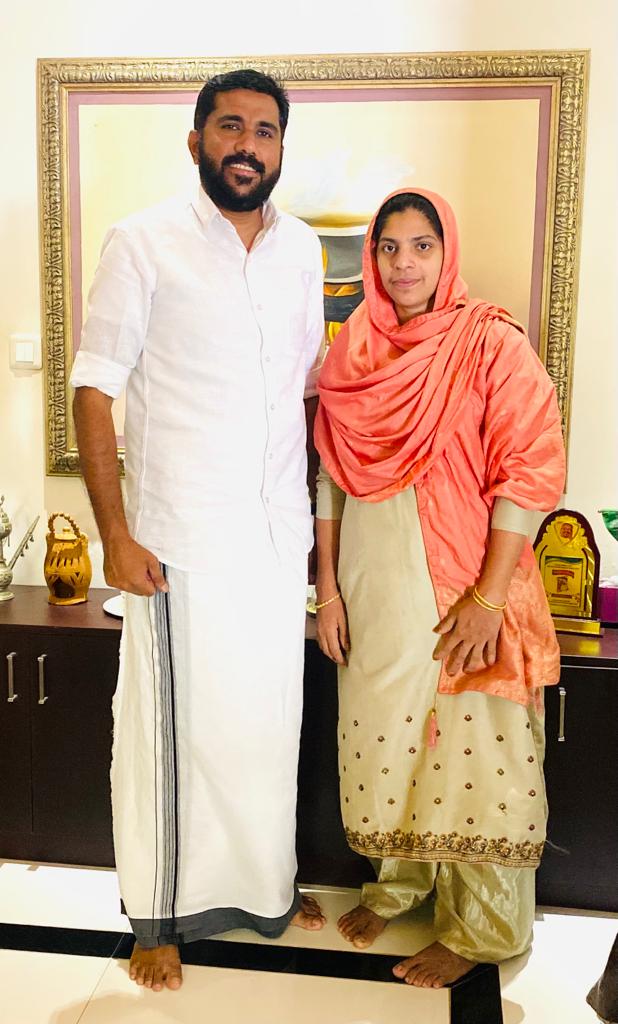 Nasar Thootha with his wife[/caption]
Nasar Thootha with his wife[/caption]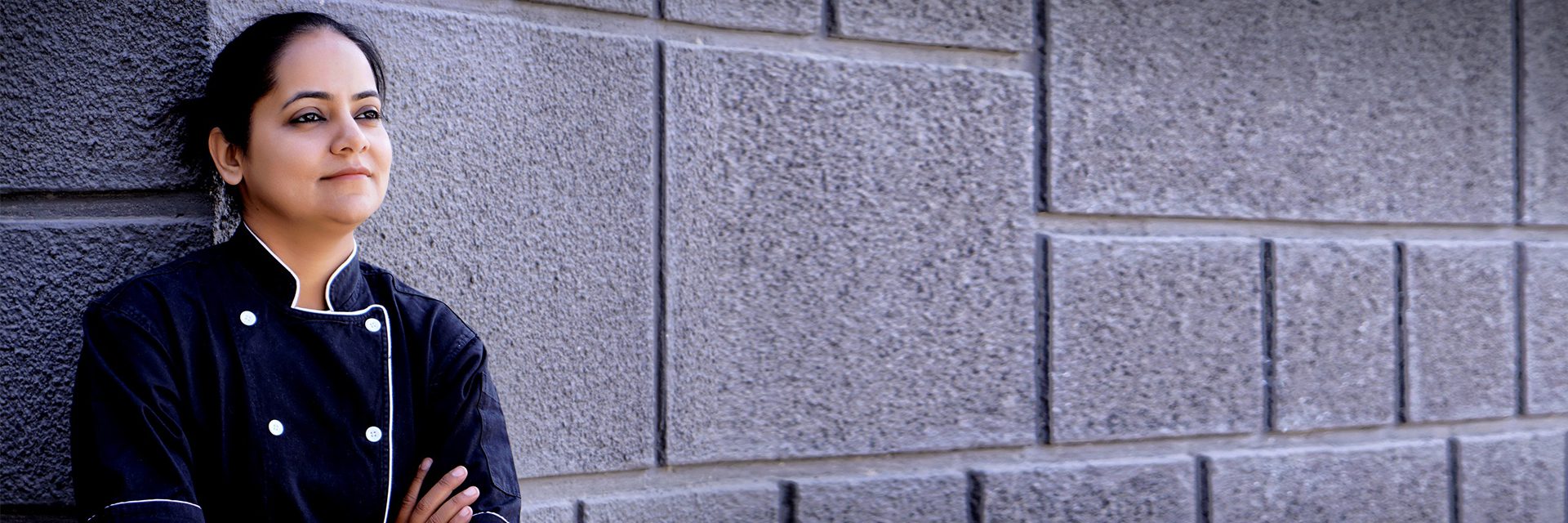
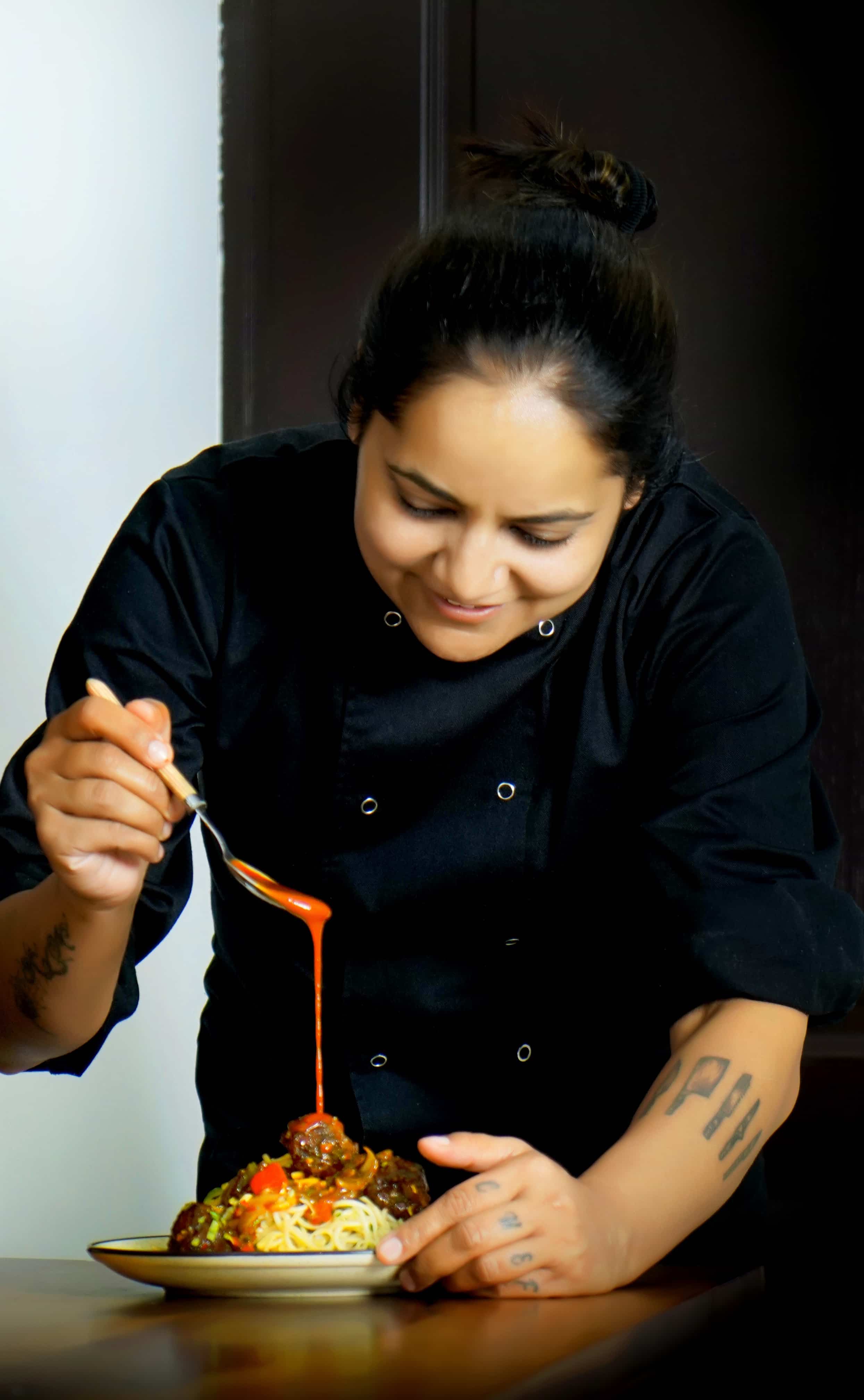 Chef Lata Tandon[/caption]
Chef Lata Tandon[/caption]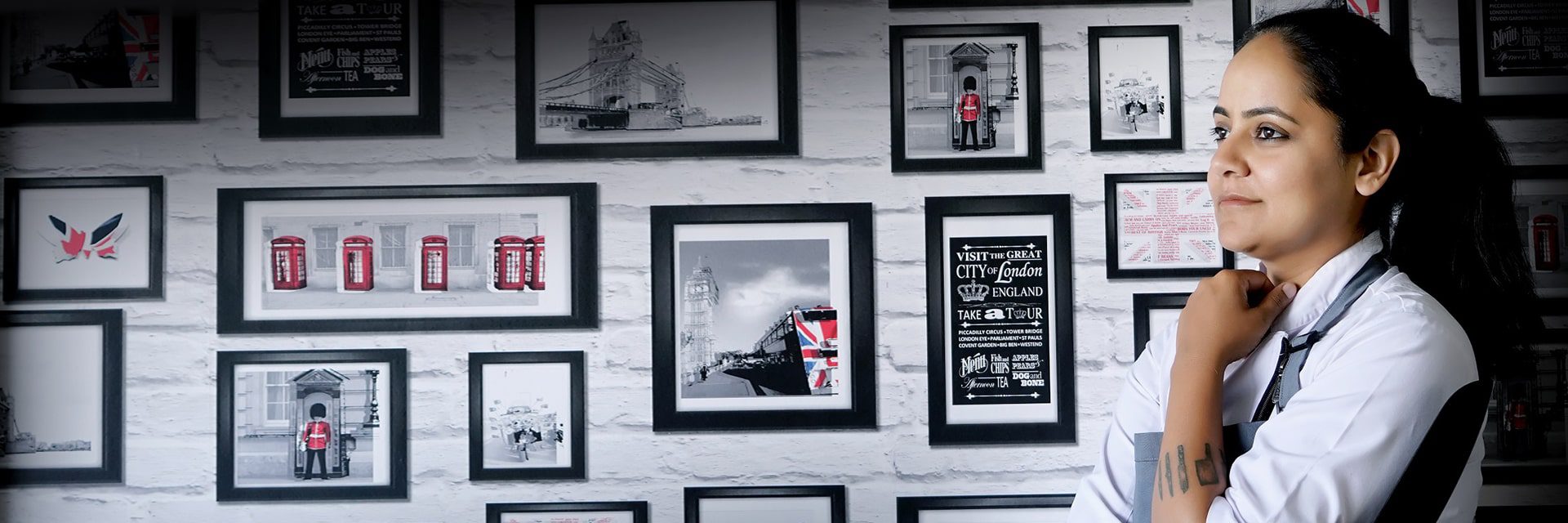 Chef Lata Tandon[/caption]
Chef Lata Tandon[/caption]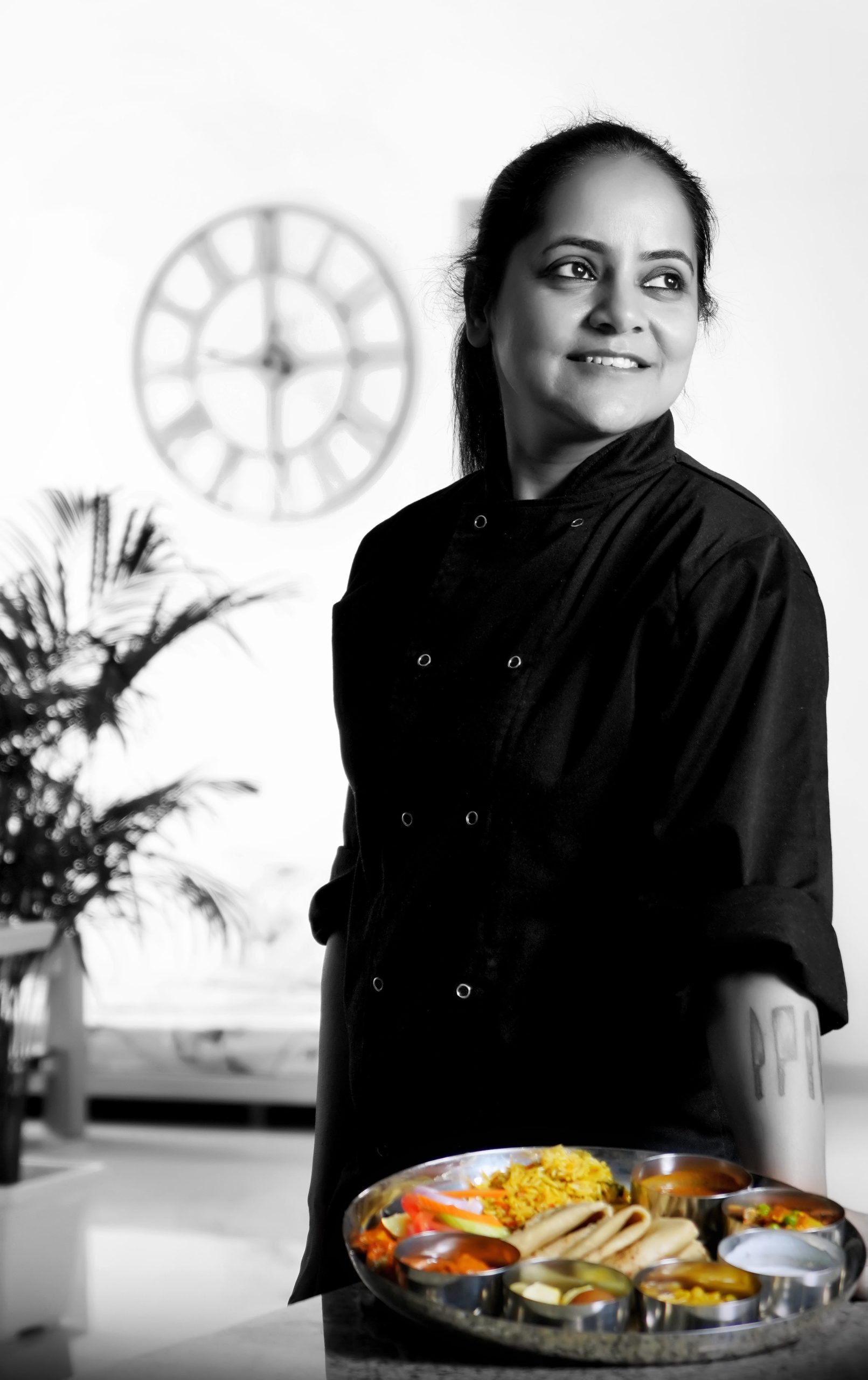 Chef Lata Tandon[/caption]
Chef Lata Tandon[/caption]
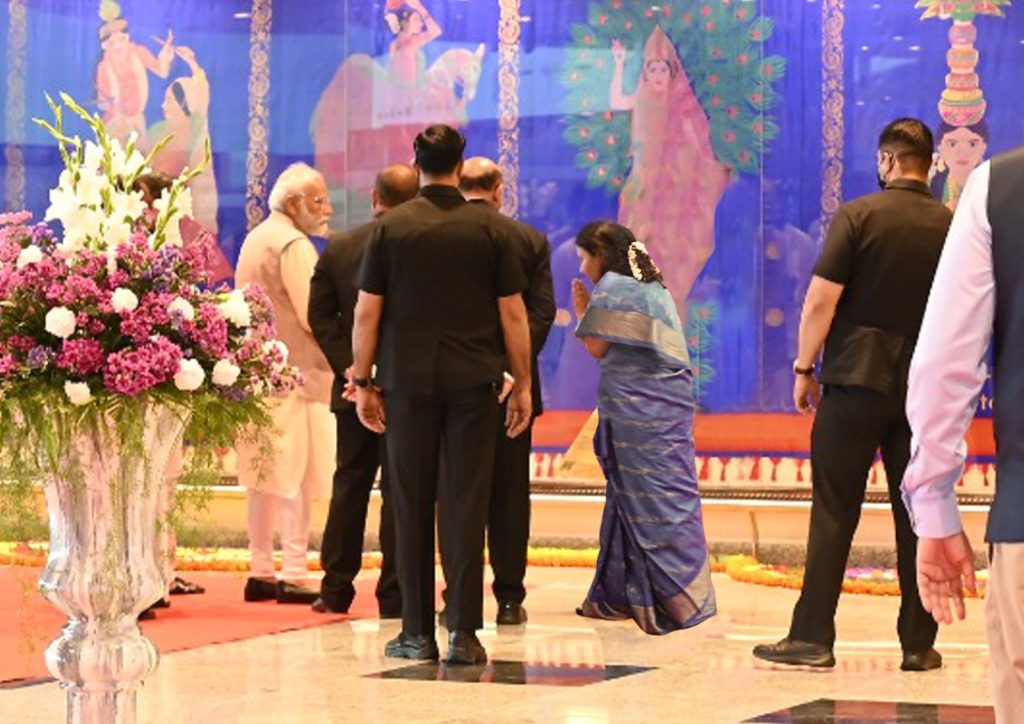 Dr Masooma Rizvi at the inauguration of the Chennai Airport[/caption]
Dr Masooma Rizvi at the inauguration of the Chennai Airport[/caption] Artworks at the Rashtrapati Bhavan[/caption]
Artworks at the Rashtrapati Bhavan[/caption]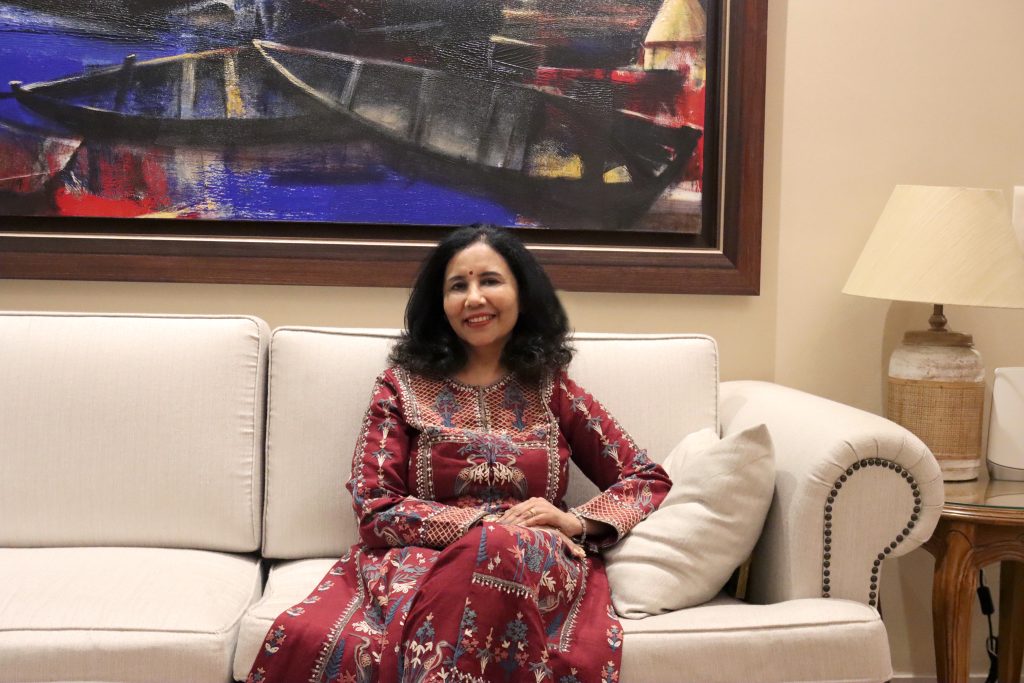
Great attitude demonstrated by Mr. Dubey.